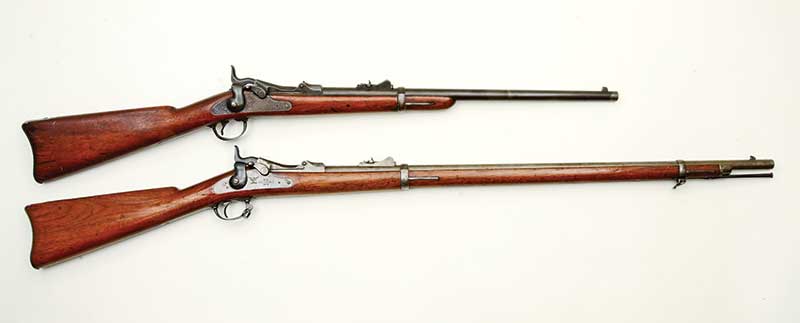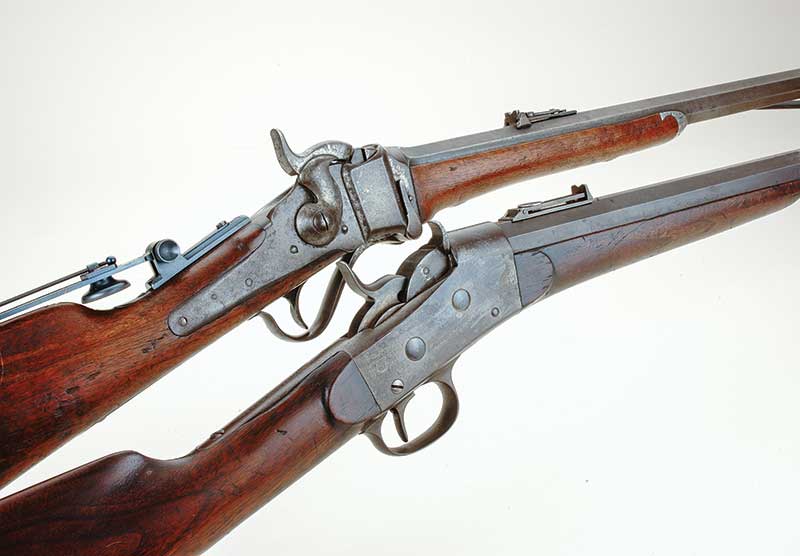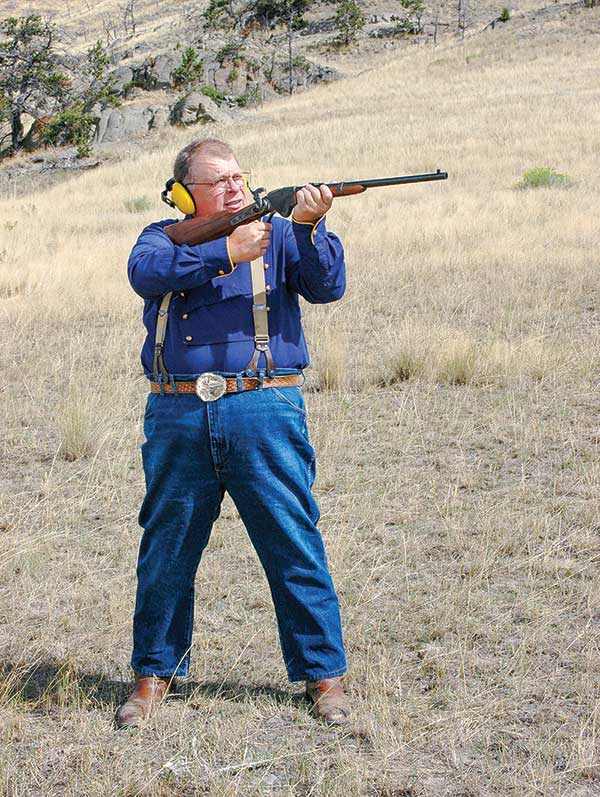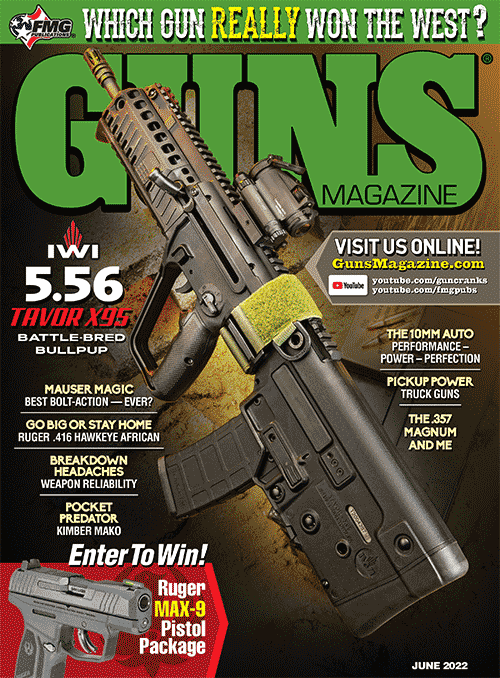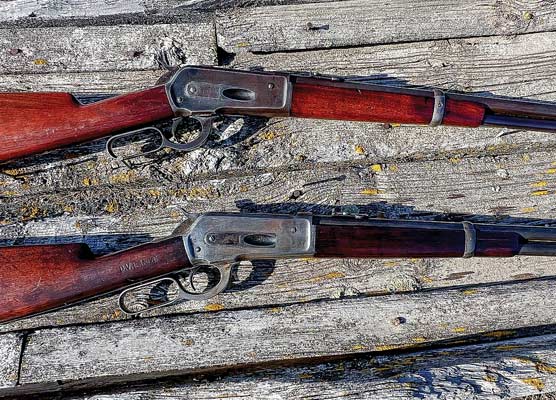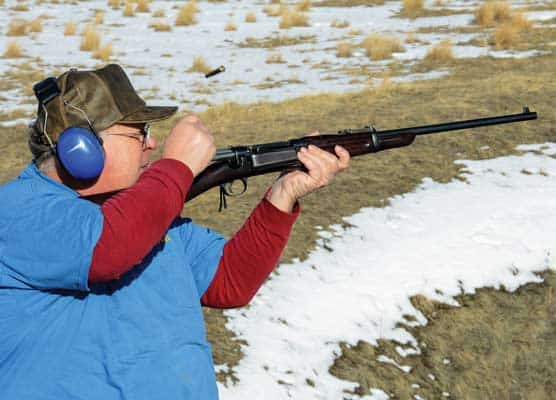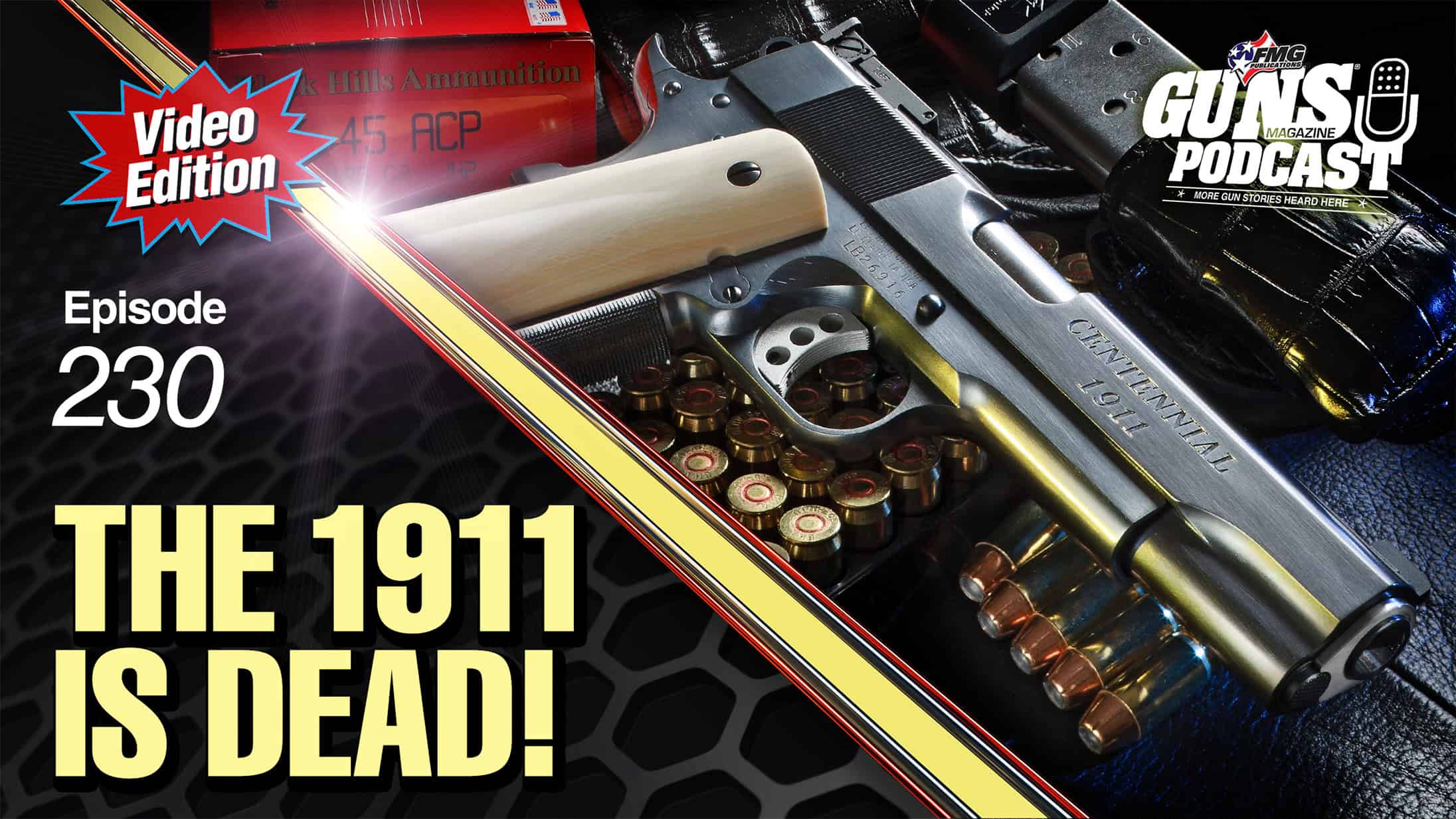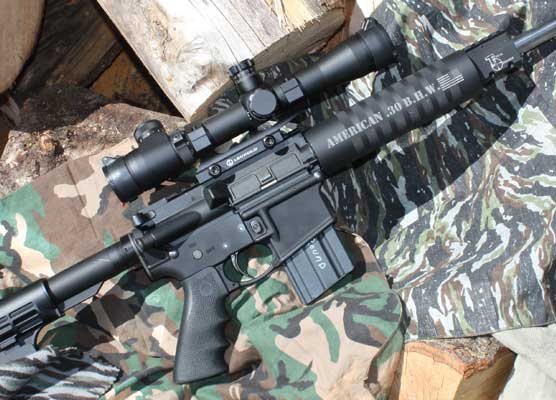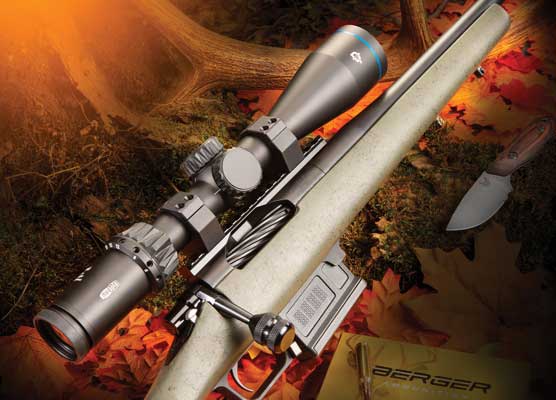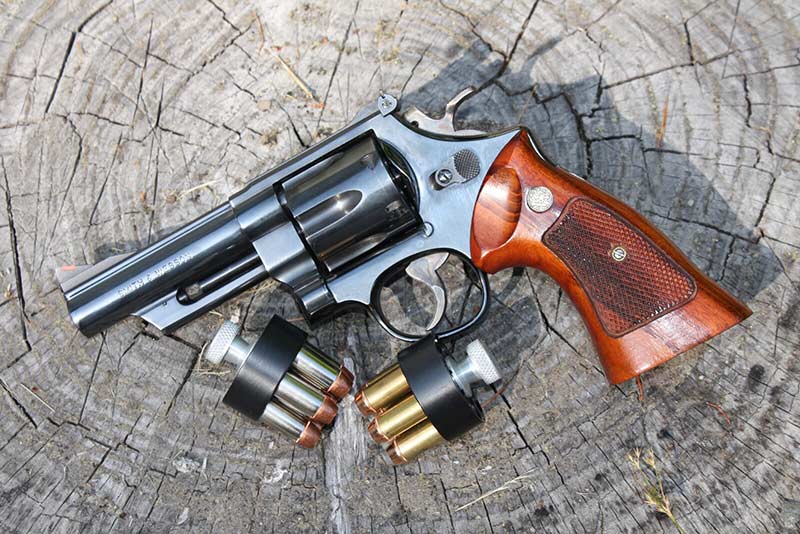Which Guns Actually
Won The West?
History Isn’t A Slogan
Fifty years ago, I dared to debate a professor teaching a “History Of The American West” course. He said the invention of Colt revolvers was instrumental in settling the western frontier. In turn, I said, “Revolvers are self-defense items. They are not used to conquer territory.” As many readers might agree, contradicting a professor never ends well for the student.
Here’s another fallacy. Some time along the way an advertising weenie for Winchester came up with the slogan pertaining to their Model 1873. It was “The Rifle That Won The West.” Actually, the west had to be “won” before settlers could come along and hunt deer with their pistol-cartridge-firing ’73 Winchesters. Also, I believe from a lifetime of reading and research the Indian warriors used ’73s to oppose settlers from winning the west more than American civilians used them to win it.
The Truth
So what guns were instrumental in making the west safe for settlers? I count two as co-winners of that award with two others as second-placers. For the west to be opened up for farmers and safe transportation to the west coast, two things had to happen. First the enormous bison herds had to go and second, wild Indians had to be tamed onto reservations. These things had to happen in the order in which I mentioned them.
Anyone who has been around bison (I have) knows no fence available in the late 1800s would hold them out — or in, for that matter. They just walk through most anything that gets in their way, I’ve seen it. Furthermore, the bison herds could be described in modern terms as the wild Indians’ walking grocery store.
When a procedure for making good leather from their hides was perfected circa 1870, the great slaughter began. Hundreds of men saw easy money on the hoof and cashed in by shooting the great beasts. It’s not a pretty idea now, but even in the 1870s many considered the bison’s near extinction as truly sad.
Without doubt, the most-used rifle for killing the huge beasts was the Sharps Model 1874. The name itself is a conundrum because the rifle was put into production in 1871. Most of its .40, .44, .45 and .50 cartridges were adequate for shooting bison, I know from first-hand experience. You may find it interesting to know only about 6,500 Sharps Sporting Rifles were sold before the company folded in 1880.
Runner up to the Sharps was Remington’s #1 rolling block. It was chambered for many of the same rounds as Sharps’ and served many “buff hunters.” However, Remington’s manufacturing was mostly dedicated to making military style #1 rifles for distribution literally around the world.
Next Up
Once the bison herds were all but exterminated, the next job was for the U.S. Army to convince the nomadic Plains tribes to settle on reservations. This was usually accomplished rather brutally by finding their villages, burning them and often shooting the horse herds. However, to be fair it should be noted just about every time one of those villages was captured, it contained white captives or sometimes just their long blonde hair.
The firearm used in the majority of 1860s/1870s Indian fights was one version or another of “trapdoor” Springfield rifles and/or carbines. From 1866 to 1873 “trapdoors” were .50 Government (.50-70) in Models 1866, 1868 and 1870. They used many parts from left over Civil War muzzle loading muskets. Starting in 1873, “trapdoors” were totally of new manufacture and were chambered for .45 Government (.45-70). Carbines were for cavalry and rifles for infantry.
Second Place
As a runner up in regards to the U.S. Cavalry fighting plains Indians, I think it must be the Spencer carbine. These were lever-actuated repeaters but instead of the traditional mode of function they loaded through a magazine in the buttstock holding seven rounds. When a fresh cartridge was fed into the carbine’s chamber, the hammer had to be cocked manually. Spencer’s were made for a variety of odd-sounding cartridges but the one most identified with fighting Plains Indians was the 56-.50. Most cavalry regiments serving west of the Mississippi were armed with Spencer carbines until their new “trapdoor” Model 1873 Springfields arrived in 1874.
So, this is my take on the guns that actually “won” the west — Sharps and Remington big-bore single-shots for clearing out the bison and single-shot “trapdoor” Springfields and repeating Spencer carbines for defeating the Plains Indians.
